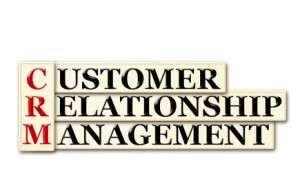 Marketing your spa, salon, massage therapy or esthetics practice requires a very clear picture of your ideal target. Painting a picture of that target means listening to your clientele and remembering (noting) key points about them. These points provide marketing opportunities, and will further strengthen your relationships which engender client loyalty, which in turn helps you succeed. It’s a beautiful process, really it is.
Marketing your spa, salon, massage therapy or esthetics practice requires a very clear picture of your ideal target. Painting a picture of that target means listening to your clientele and remembering (noting) key points about them. These points provide marketing opportunities, and will further strengthen your relationships which engender client loyalty, which in turn helps you succeed. It’s a beautiful process, really it is.
Birthdays immediately come to mind as key points to remember. Everyone has one, even the timeless, ageless clients who appear to be untethered to the same laws of physics as the rest of us. Why not offer up either an extended service for the price of a regular session, or throw in a complementary lovely lotion or potion with a service to commemorate their event? The actual cost to you as the provider can be carefully managed to be minimal, and the good will you build in the process will be considerable.
Another example? Anniversaries. Some years back my husband and I decided to celebrate ours each year with indulgence in the form of side-by-side massages. We have two spas we love to frequent (very different, both amazing, both staffed with very skilled practitioners), and alternate between them for these annual events. After this year’s lovely indulgence, we were escorted out to a lovely sitting area and offered champagne to help celebrate our event. We enjoyed the cool, sparkly beverages as we chatted about our massages, and both felt that this final touch was lovely.
Start simple by designing a couple of options for birthdays, then making a point of asking clients when their special day is each year, then mentioning your special treatment of the birthday celebrant. They’ll be happy to give up the info knowing that when theirs rolls around they’ll be getting an email, postcard, text or phone call letting them know that you know that it’s time to celebrate.







